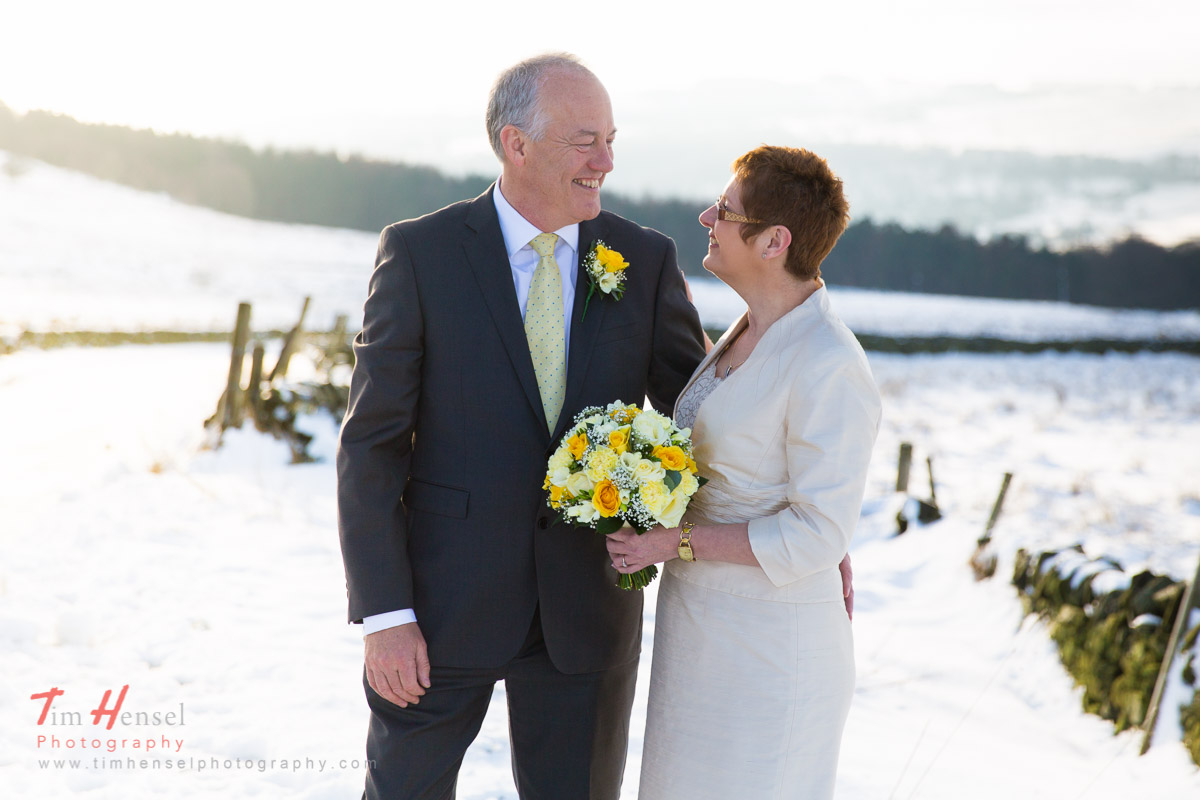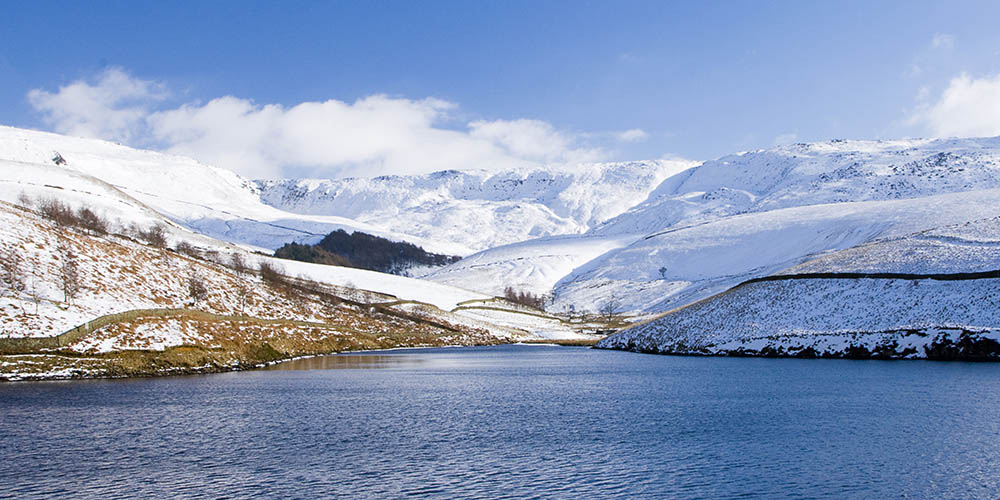Hello blogistas. Here’s another one of my articles from the magazine-that-is-no-more, High Peak Local. These have never appeared online anywhere, and were printed back in 2009-2010. It’s good to share 🙂
I’ll admit I’m a little late with this one, as most of the snow has melted now, but there are still some interesting points to be made. Not least, keep an eye on what your light meter is doing in your camera – don’t expect it to get it right, especially in conditions with bright light or a lot of white or black.
Wedding Photography
I’ve mentioned this in connection with shooting landscapes but it applies equally to photographing people in similar conditions, so is just as relevant to we wedding photographer types.
Anyway, enjoy the article. Do feel free to comment below 🙂
Thanks for looking
–Tim
——
I’m sorely tempted this month to write about anything other than snow. By now – and it might well all be gone by the time you read this – I’m sure you’ll have had quite enough of it. As well as the inconvenience to many people, it can of course cause very serious issues for some. However, it ought to be noted that it is also quite photogenic.
Everyday landscapes can be transformed overnight into things of great beauty. Landscapes which under normal circumstances are of great beauty anyway take on a different character, and everyday reflections, shadows and so forth can easily catch one’s eye resulting in the earmarking of scenes for photographing where these might otherwise have been overlooked.
Winter photography has other attractions too. On bright days you might notice the light seems to come from a shallower angle creating stronger shadows and more dramatic pictures (or “lovely sideways light”, as I tend to refer to it), and I best not mention the attractions of details like frozen leaves and so forth for fear of sounding clichéd. Another bonus is that many people refuse to leave their houses, resulting in pleasingly unpopulated scenery.
Photographing snowy scenes is not without its particular foibles of course. Whites can sometimes come out looking very grey, which, if I’m permitted to get slightly technical (if not, look away now) is a result of the light meter in your camera becoming confused and underexposing the picture. If it sees the average brightness of an exposure as too high (which in reality it might not be – there’s supposed to be a lot of white) it will pull the exposure down towards what it considers to be a more neutral level.
This can be overcome by making your own decisions about the correct exposure, either by shooting on a manual setting using the histogram as a reference, or simply bracketing your shots, i.e. taking a couple either side of the camera’s suggested exposure, then deleting the ones you don’t want.
Here’s to a pleasant and henceforth somewhat warmer year.
Tim Hensel is a professional wedding photographer in Manchester, Cheshire and Derbyshire – see www.timhenselphotography.com for further details.



david jennings
Brilliant pics Tim look forward to more